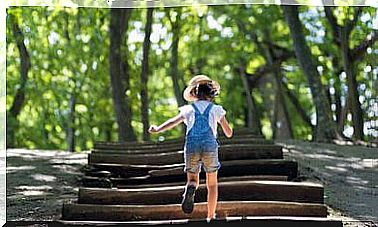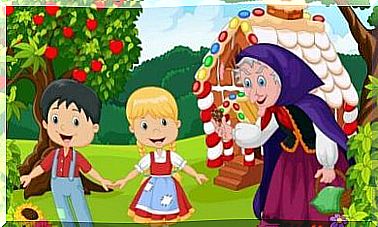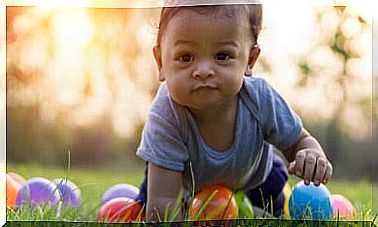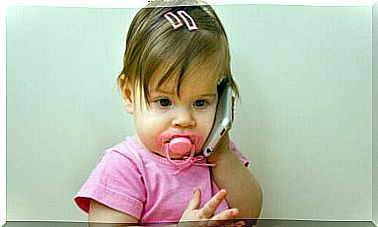3 Poems For Children To Share With The Family – Being Parents
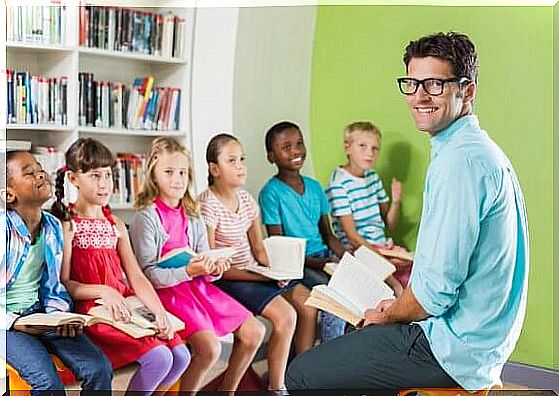
The children’s poems are an excellent tool as soon as the child starts school. It amuses them and also brings them closer to language, so they find the motivation to develop it.
For this reason, teachers usually teach them to memorize, in addition to songs, poems, as well as certain types of choreography.
Children’s poems are a genre that includes texts for children, young people and adults alike. The subject varies but the form, in general, is very easy to assimilate. And while its playfulness is remarkable, it doesn’t leave out important moral lessons.
Moreover, educational psychologists consider children’s poems to be a tool for teaching them to communicate, to know and to express their feelings. They also believe that they are a very good exercise in creativity and imagination.
About children’s poems …
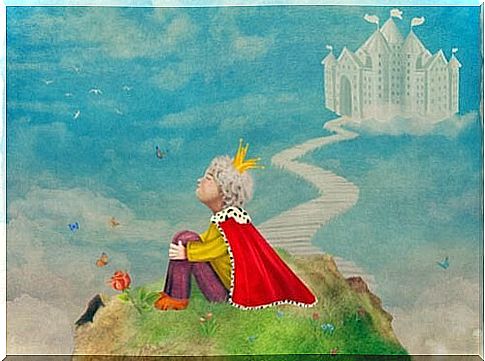
There are children’s poems in which we can visualize a specific image. For example, the image of a castle on top of a hill. In other cases, the poem advances like a kind of fable in which the image is a little more elaborate. For example: that of a fox climbing on a tree to catch a fruit.
Poetry stimulates communication skills and brings parents and children together when they share it at home. This is the case with lullabies. Therefore, it is important to take advantage of it during the first years of a child’s life.
Contrary to what many parents may believe, children’s poetry does not have such complicated language. Indeed, this is surprising because, although it is simple, it also includes ingenious expressions that are excellent for understanding concepts and ideas.
All children can appreciate infantile poetry if it is taught and accompanied from an early age.
Ways to develop a taste for poetry
1. Give the child poems appropriate to his age
In addition to reading them aloud, it is necessary to look for poems according to their age. This involves not only finding the right topic, but also the length and degree of difficulty of the language.
At the beginning, it is advisable to choose short, musical poems, around simple themes (a fruit, an animal, the sun, the stars, etc.). Then, teach them to read and memorize it, but also to understand what it conveys, before moving on to the next poem.
Once the child has assimilated the poem, you can move on to a more complex one. Thus, he will not stay with the same type of poems all the time. Remember that if we only offer them poems about fruits, they will hardly be able to evolve and develop a good appreciation of poetry.
2. Support the process
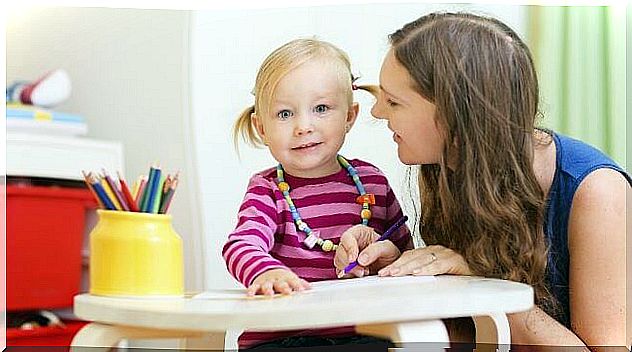
In order for children to assimilate the poem, they must be accompanied by their parents. This involves reading the text with them, explaining to them what it says, what the image it conveys looks like, etc.
In this sense, support is the key to good assimilation. The child will also be more interested in the activity. Over time, he will gradually manage to enjoy it on his own.
3. Encourage her to recite it!
Reciting poetry is a great fun activity for children. Indeed, it allows them to verbalize, move and feel poetry.
Therefore, a good way to teach them to develop a taste for poetry is to encourage them to recite it. To do this, you have to set an example, teach them and ask them to repeat the poem (with or without you).
To learn to recite poetry, it is not necessary to resort to costumes or go on stage. Nevertheless, it may help to imagine that we are in a theater.
Poems for children to share
The following selection of children’s poems is for children between 5 and 7 years old. These are short texts that can easily be accompanied by hand movements to emphasize the message and keep children entertained as well.
The paper boat , by Amado Nervo
With half a newspaper
I made a paper boat,
in the fountain of my house
I managed to get it to navigate.
My sister with her fan
breath and breathe on him.
Have a good trip, have a good trip,
little paper boat!
Avril , by Juan Ramon Jimenez
The canary in the poplar.
And what else ?
Poplar in the blue sky.
And what else ?
The blue sky in the water.
And what else ?
Water in the little leaf.
And what else ?
The little leaf in the rose.
And what else ?
The rose in my heart.
And what else ?
My heart in yours.
Mice , by Lope de Vega
The mice reunited
To get rid of the cat,
And after a long time
Of disputes and opinions,
By putting a bell on it,
That the cat would move with him
They could better free themselves.
Then came out a barbican mouse,
With its long tail and muzzle,
By bristling his thick back.
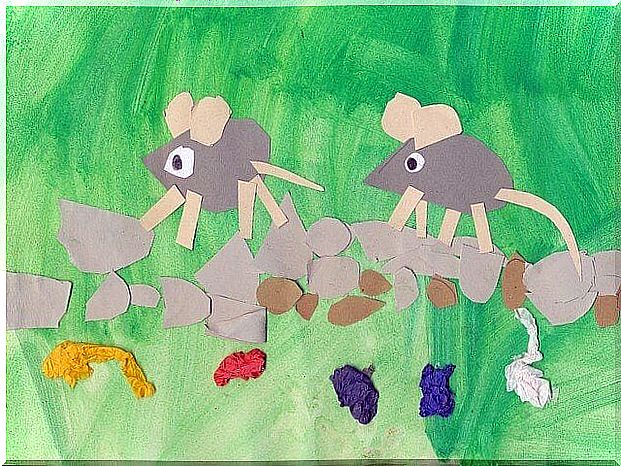
To keep in mind
Not all children’s poetry books come with illustrations. However, this does not mean that they are not useful in teaching them how to take their first steps with poetry. The key always lies in the support and guidance of parents, especially during the early years.
Sharing poetry at home is a good way to strengthen family bonds . And, in return, to help them develop their cognitive abilities. Encourage them to regularly enjoy the poems, you will quickly see the benefits!

